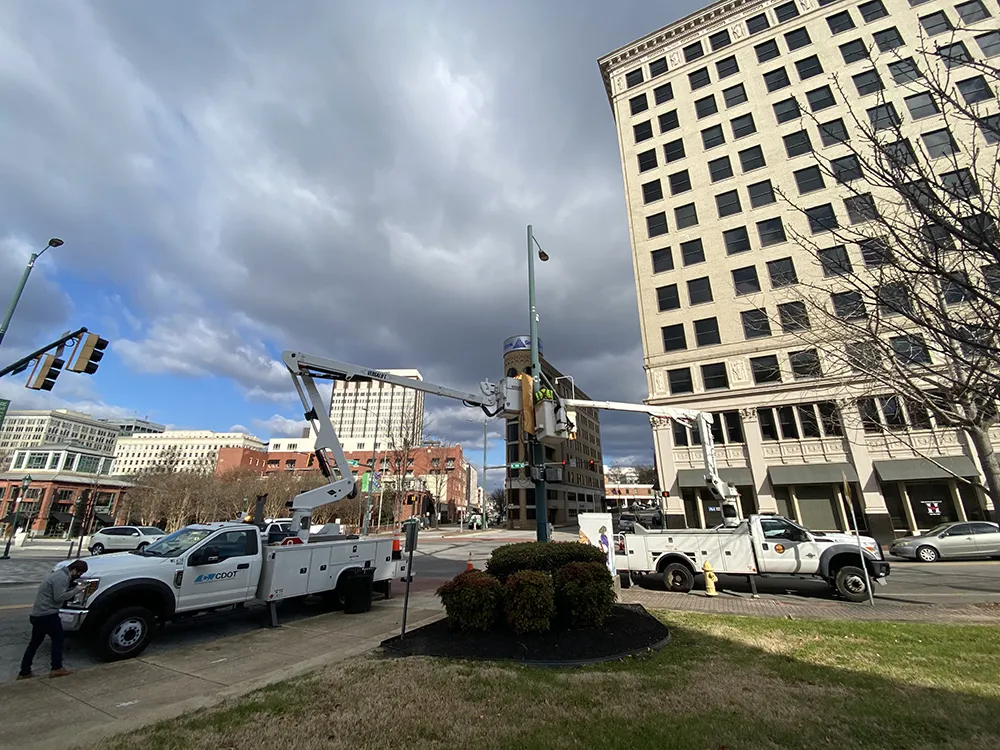Esri CityEngine 2011, the latest version of Esri's software for creating high-quality 3D content, is now available.
January 31, 2012
Read time: 1 min









